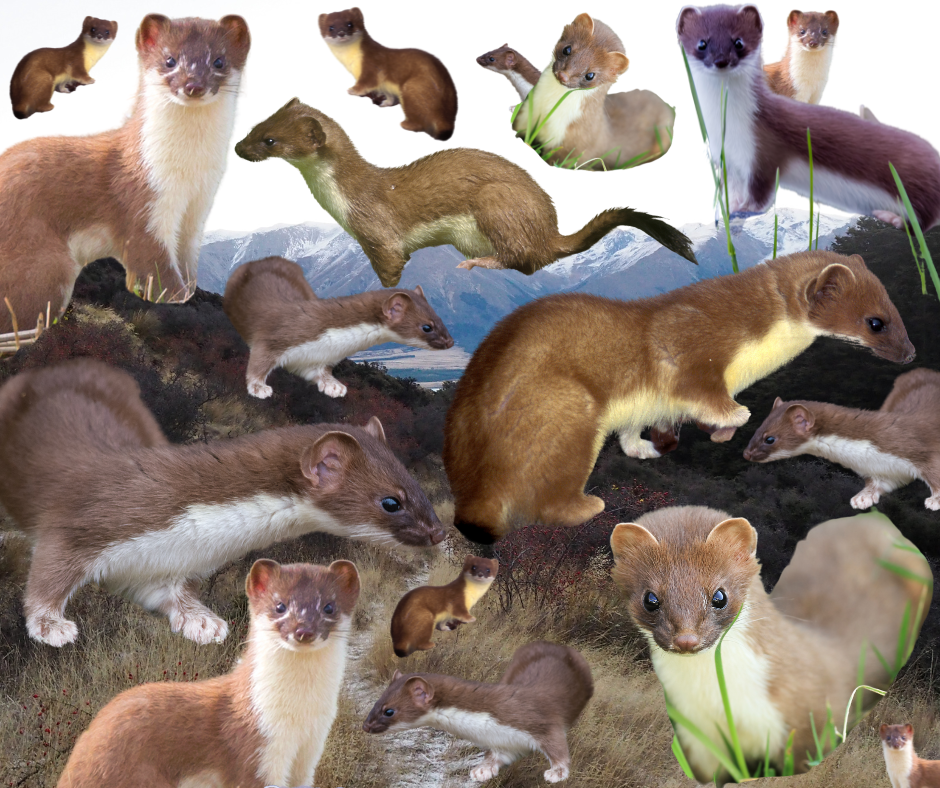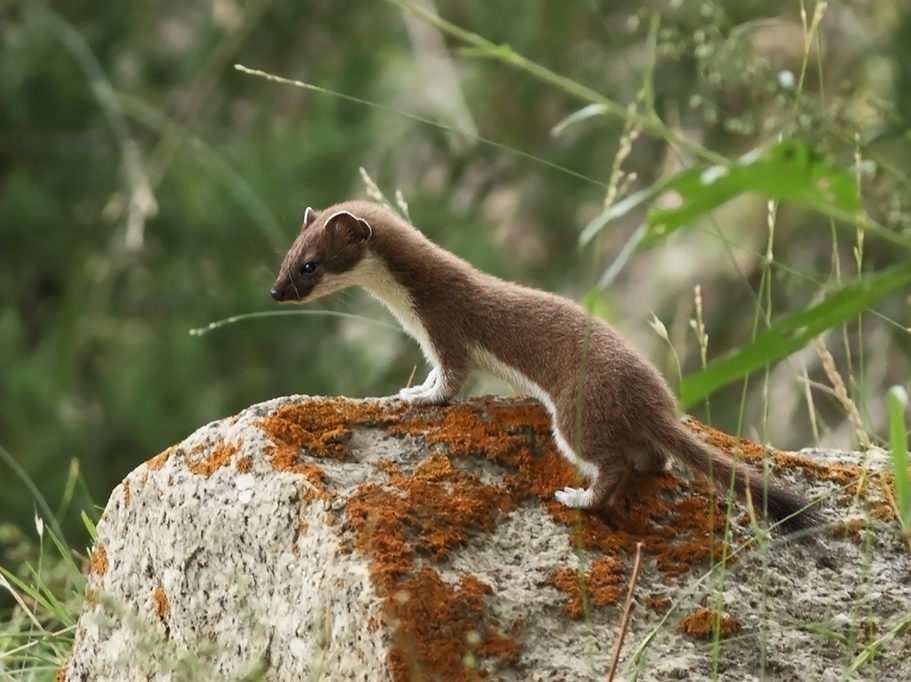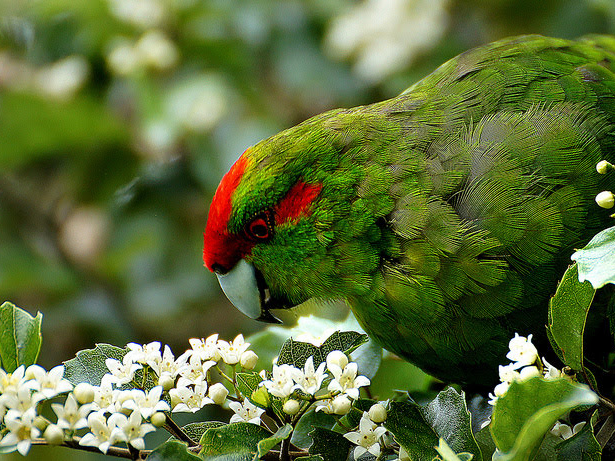Spring has sprung and the stoat mating frenzy has begun. From the moment they open their eyes as babies, female stoats are almost certainly already pregnant. It might be jarring to our human sensitivities but stoat reproduction is undeniably impressive.

Clever copulation
Each spring, pregnant female stoats find a cosy den to hunker down and give birth to 5-12 young (kits). No sooner than her kits are born, a male stoat will wander in and mate with the mother. Afterwards, he might turn his attention to any female kits in the den. Because the kits are still blind, toothless, and furless, their fertilised egg float around in the uterus in what’s called ‘delayed implantation’. The following spring, about 10 months later, the fertilised embryo will implant. Both kits and adult females are capable of this reproductive feat. It’s a masterstroke in survival.
After giving birth, a female stoat must eat half to three-quarters of her body weight every day to produce enough milk for her kits. It gets even harder when the young kits are weaned because she must find enough food not only for herself but for the growing young. Stoats can starve within 24 hours if they don’t find enough prey.

‘Tis the season
Spring isn’t just breeding season for stoats. A lot of our native wildlife are also busy wooing one another at this time of year. Young kiwi are fledging the nest to make their own way in the world. Insects are buzzing about making babies, and lizards are slinking out to sun themselves on the rocks.
Our wildlife aren’t exactly bumper breeders either and they’re no match for the sexy superpowers of stoats. Most kiwi don’t reach breeding age until they’re at least three and even then will only lay a single egg each year. Kea lay two to five eggs a year in burrows on the ground while many skinks aren’t sexually mature until they’re four years old.
With stoat mothers and babies emerging from their burrows with an insatiable appetite, it can be a tough time of year for native wildlife. Stoats eat rabbits, rodents and possums, but they also eat kiwi chicks and other young birds, plus native insects and lizards. Because stoats will tackle species far bigger than themselves, even chonky birds like kākāpō and takahē are fair game.
Lithe and lethal

As far as predators go, stoats are very good at what they do. They hunt all hours, will live almost anywhere they can find a feed and have a supercharged sense of smell. They can climb, cover long distances and even swim more than 1km. Born to live in climates with harsh winters, they’ve adapted to kill more than they need, stashing the rest for a rainy day.
Here in Aotearoa New Zealand, where winters are kinder and food isn’t as scarce, they’re on the hunt year-round, regularly killing more than they need to survive. This is bad news for native birds, insects and lizards. Stoats will check almost any burrow or tree hole they find, and there’s little chance of escape for any native birds nesting inside.
Mōhua, kākā, kākāriki, kiwi, ngutu pare (wrybill), tuturiwhatu (New Zealand dotterel) and tarapirohe (black-fronted tern), as well as skinks and wētā have suffered greatly at the paws of stoats.
Let’s get down to business
To level the playing field for our precious native birds, bugs and lizards, it’s vital we tackle stoats before they get a chance to bump up their numbers this spring.
Spring’s a great time to get stuck into predator control in your own backyard. The DOC 200, DOC 250 or the Smart Trap from Goodnature are fantastic all-around traps.
Stoats like convenience as much as the rest of us, so make sure your traps are easy for them to get to – set them along ridges, roads and tracks rather than off-trail. Check and reset them at least once a month for the best results, and always wear gloves when handling your traps.
Pop a bit of fresh rabbit, hare or possum in the trap as a lure. You can also use Erayz (salted or freeze-dried rabbit) or fresh eggs. Change out your lures regularly to keep them fresh.
Stopping stoats in their tracks will give our precious native wildlife a great start this spring.

